London’s Graveyard of the Outcast Dead to Resurrect into a Memorial Garden
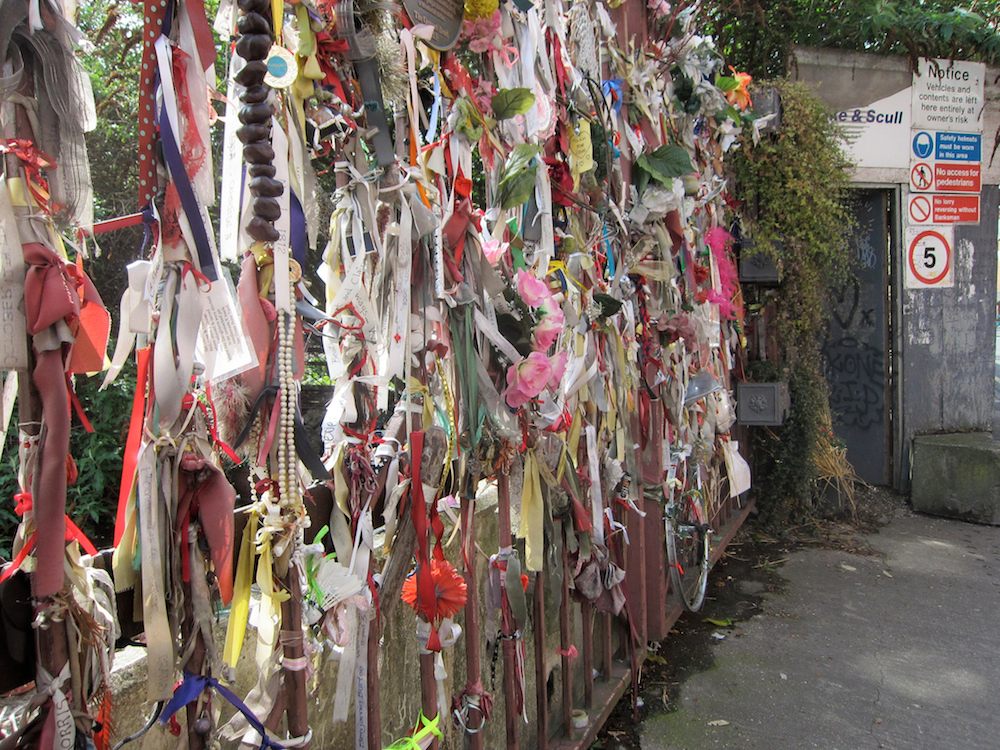 The fence decorated as a memorial at the Cross Bones Graveyard site in London (all photos by the author)
The fence decorated as a memorial at the Cross Bones Graveyard site in London (all photos by the author)
Long closed to the public and lost beneath a concrete lot, Cross Bones Graveyard in London may finally transform into a memorial garden, albeit a temporary one. The cemetery is best known as the believed resting place of medieval prostitutes, but it was more accurately a potter’s field, an unconsecrated place of interment for the poor, stillborn, and otherwise marginalized people until its closure in 1853.
As London SE1 and then Londonist reported this month, the Bankside Open Spaces Trust made an announcement at the end of 2014 that permission to built a three-year temporary garden was granted from the Southwark Council at the Cross Bones Graveyard site on Redcross Way. The agreement includes a three-year lease from Transport for London which owns the property and has had its eye on developing it in the heavily commercial area of London. Some preliminary work was actually initiated last summer, as London SE1 reported in August, including the relocation of the metal gates that with knotted ribbons and entwined plastic flowers have become a public memorial.
Much of the attention to the graveyard has been spurred by the Friends of Cross Bones and particularly writer John Constable, with their vigils held every 23rd of the month encouraging attention to the site. Much of this has centered on the women believed to have worked in 16th-century Southwark brothels. A plaque installed at the site for the “Outcast Dead,” adorned with a bird representing the “Winchester goose,” a nickname for the prostitutes, states that it “was an unconsecrated graveyard for prostitutes” in medieval times before becoming a burying ground for the indigent in the 18th century.
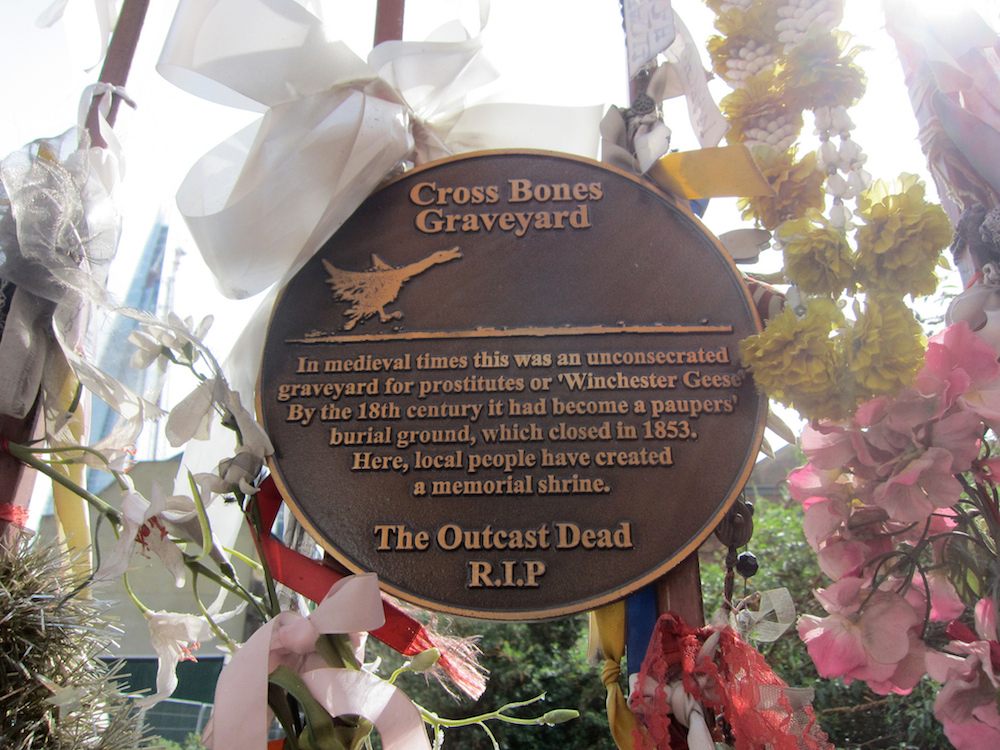
As Bess Lovejoy wrote last October in a thorough essay on the graveyard for Smithsonian Magazine, an excavation in the 1990s by the Museum of London during Jubilee Line construction unearthed only about one percent of the dead, with over half being children, “reflecting the high rates of infant mortality in that section of London during the 19th century, when Cross Bones served as a pauper’s cemetery.”
Although it is only for three years, the garden plan is a promising step in turning the disused lot into a respectful space for the thousands of people anonymously buried beneath the ground. Cemeteries for the poor and downtrodden can easily get lost in a highly developed urban landscape like London; for example, over in New York the Second African Burial Ground is almost entirely forgotten beneath Sara D. Roosevelt Park. Community green space can be a balance between honoring the dead and contributing to the development of an area, such as at the Brooklyn Navy Yard where its former hospital cemetery is planned to become part of a non-invasive greenway. Hopefully a positive partnership between the public interest in commemorating the sad history of Cross Bones and the need to turn valuable property into development can continue after the garden’s end.
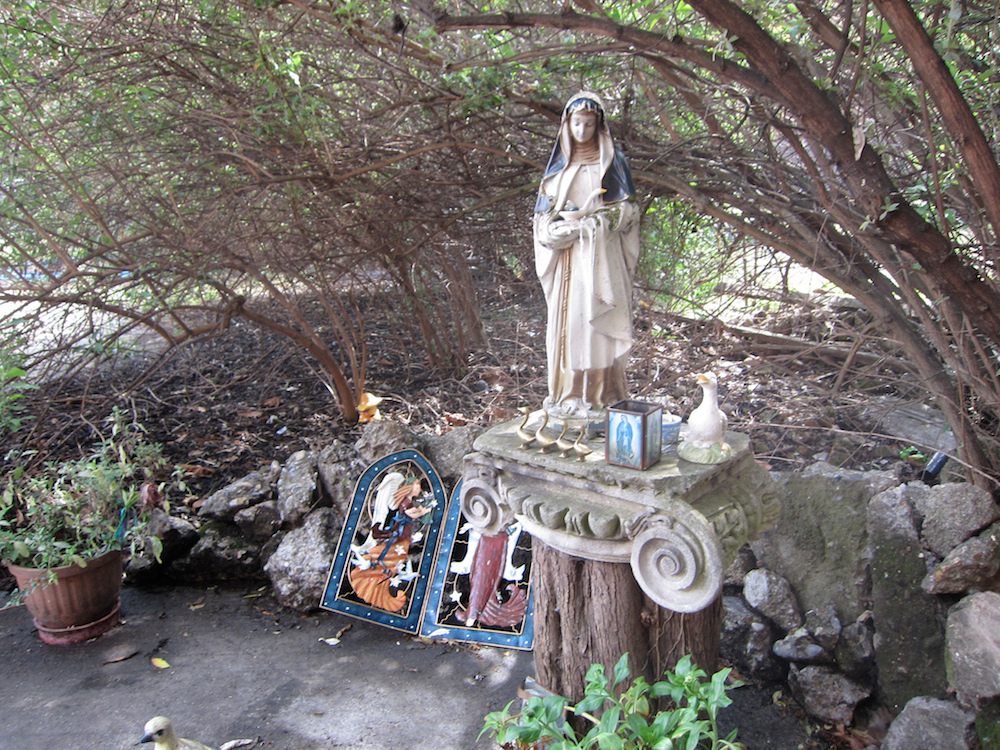
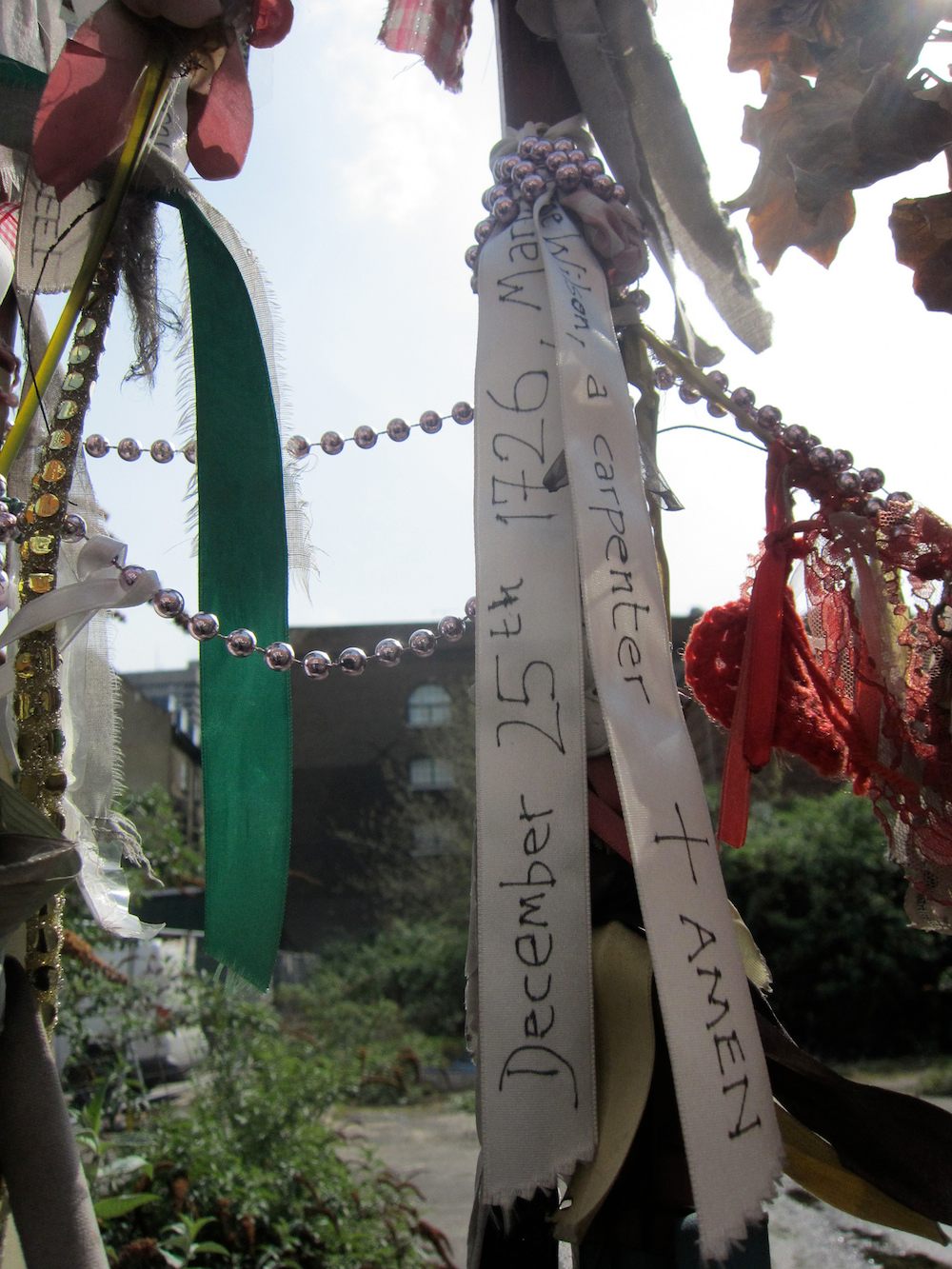
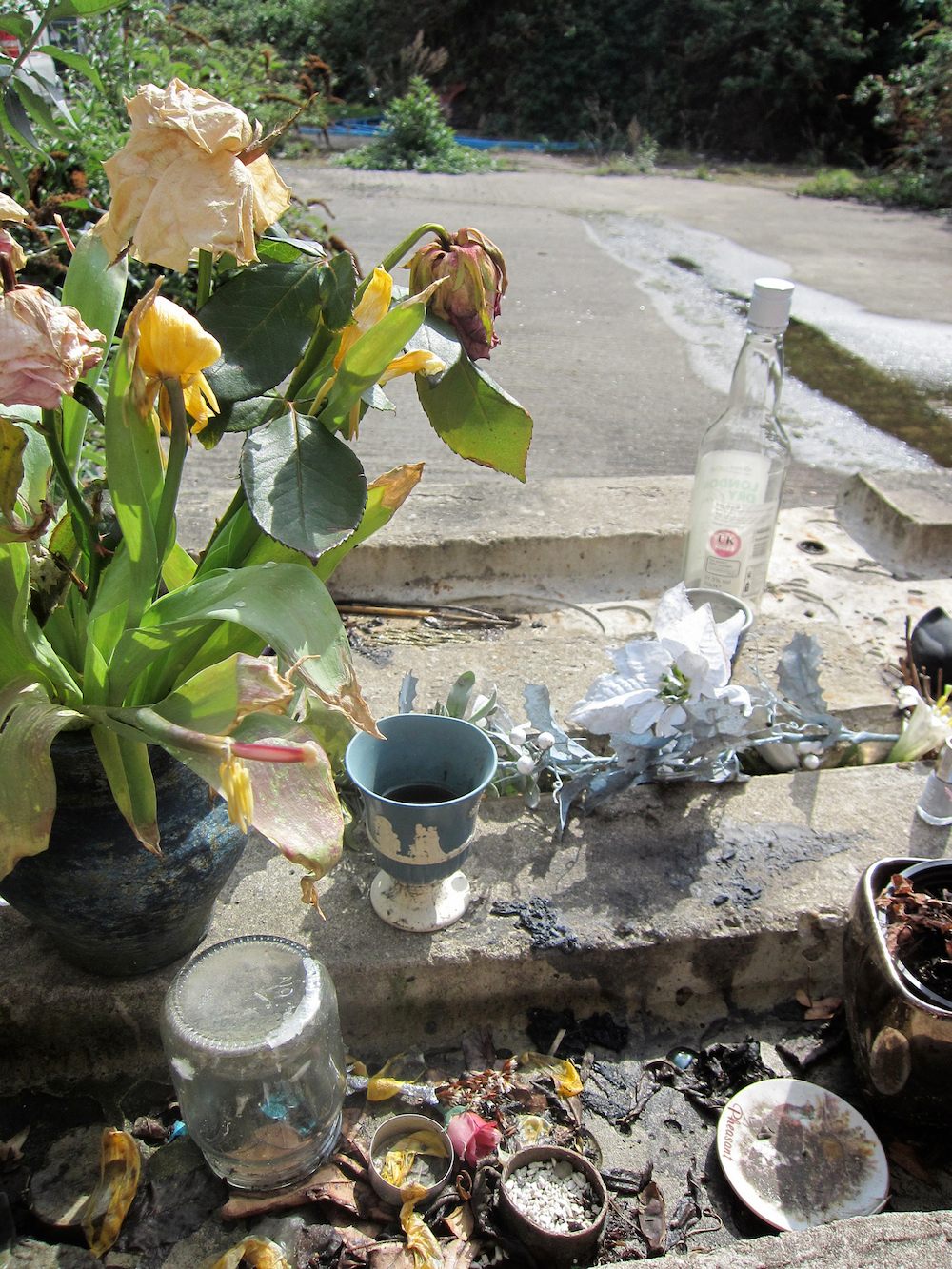

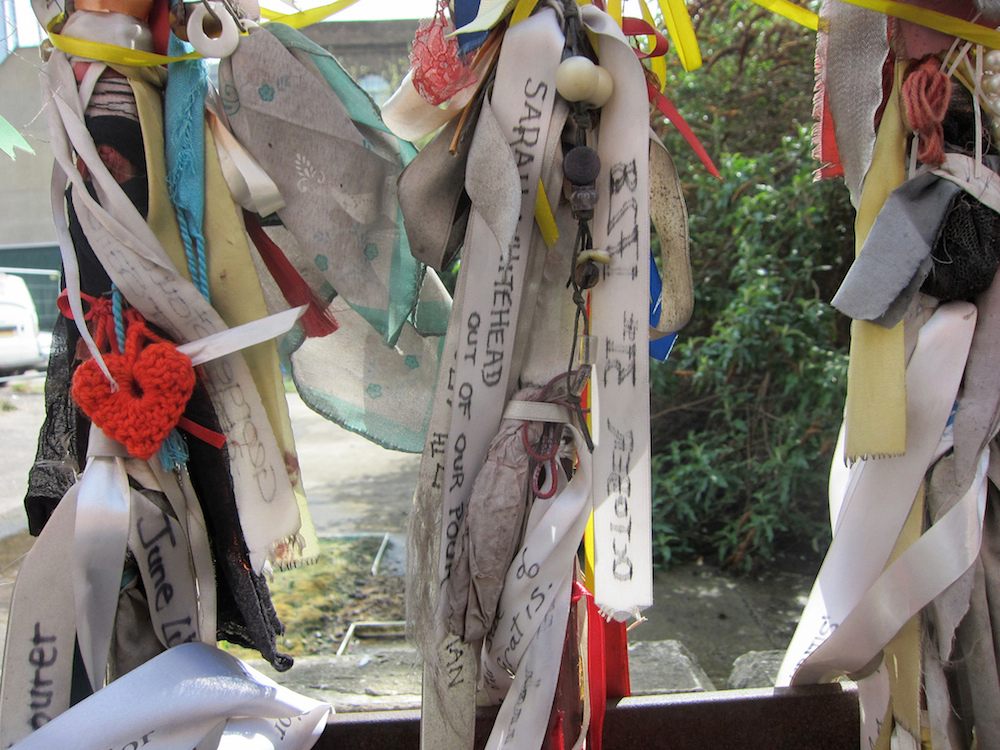

h/t London SE1 & Londonist















Follow us on Twitter to get the latest on the world's hidden wonders.
Like us on Facebook to get the latest on the world's hidden wonders.
Follow us on Twitter Like us on Facebook